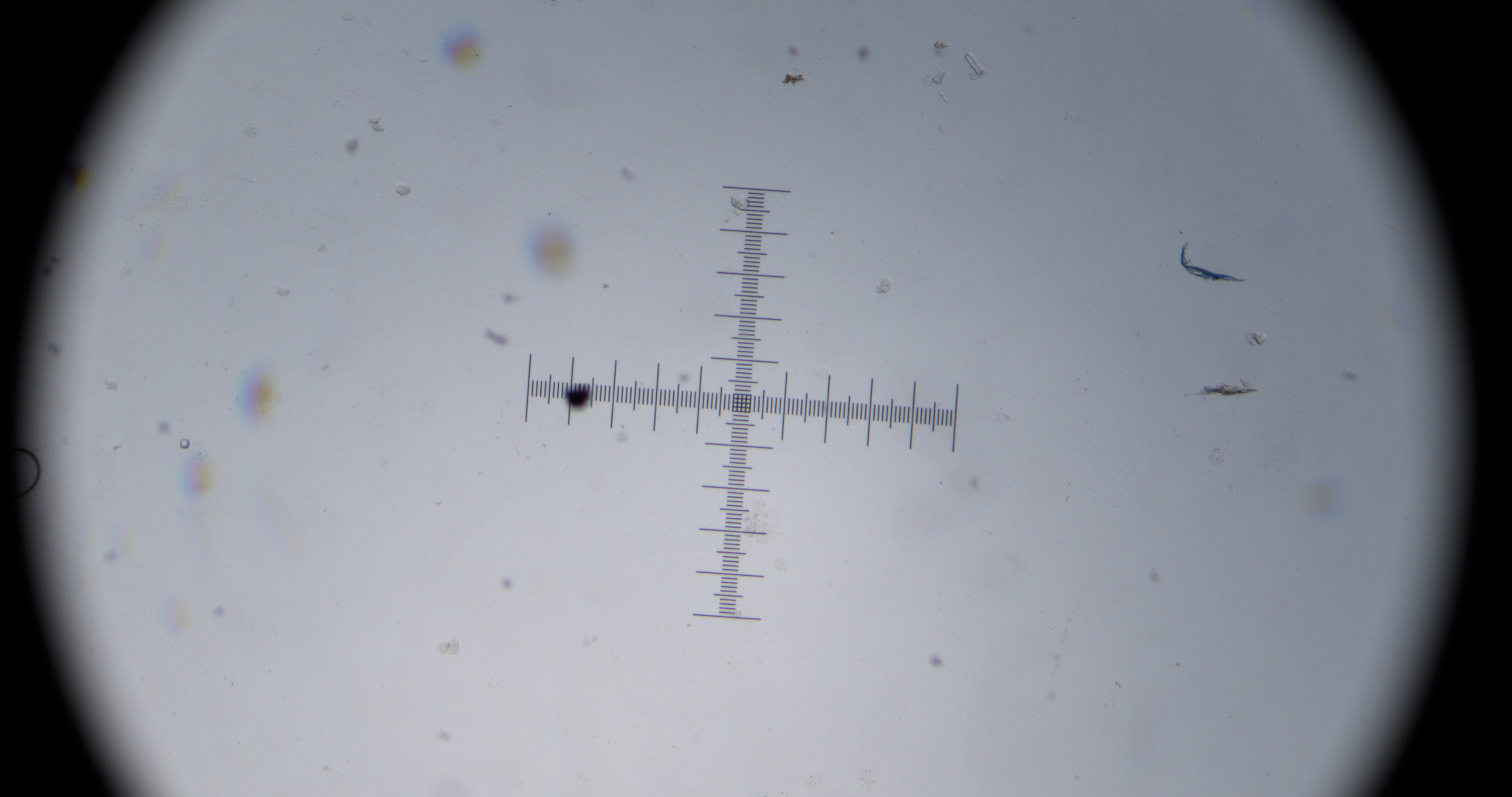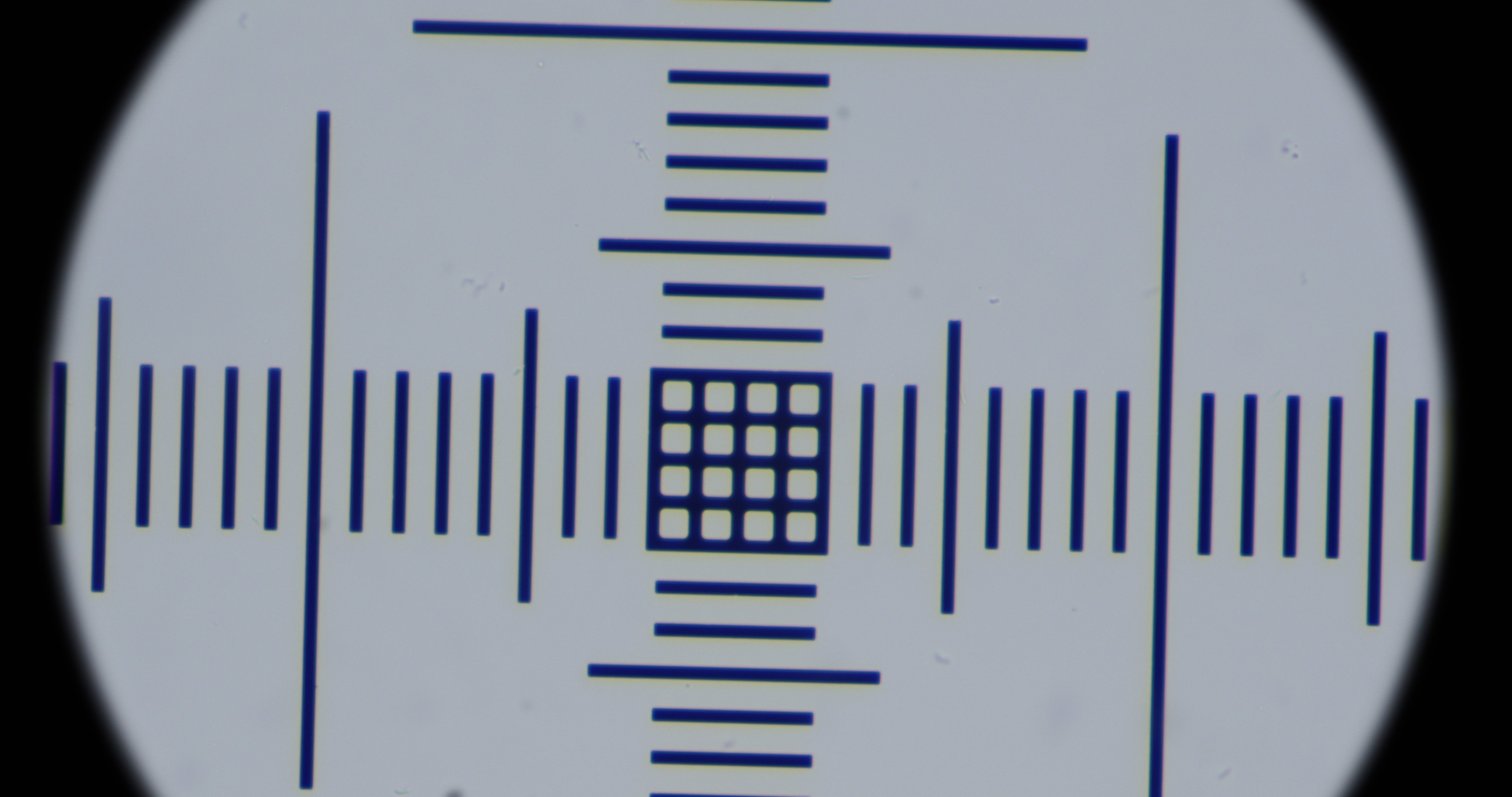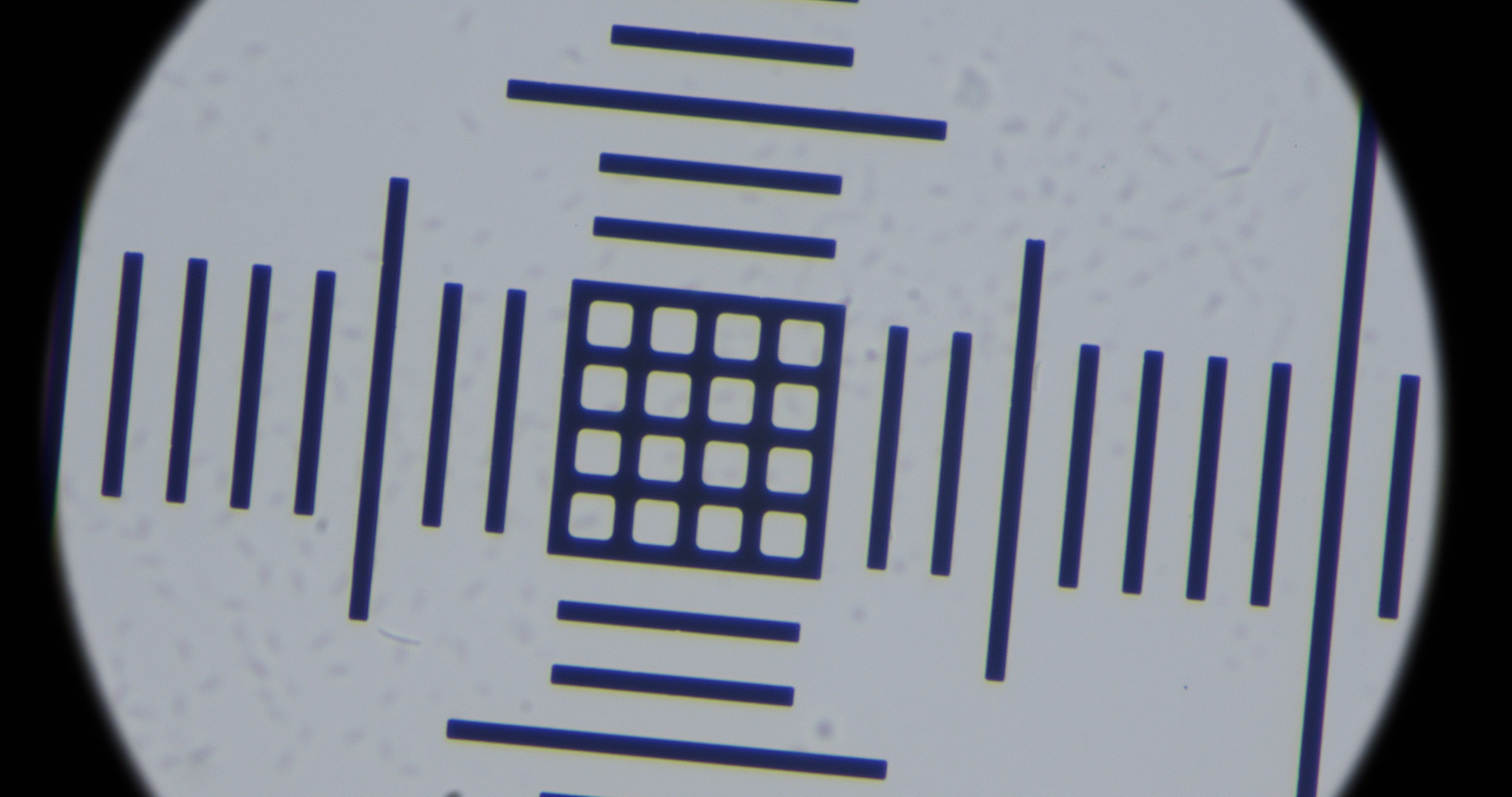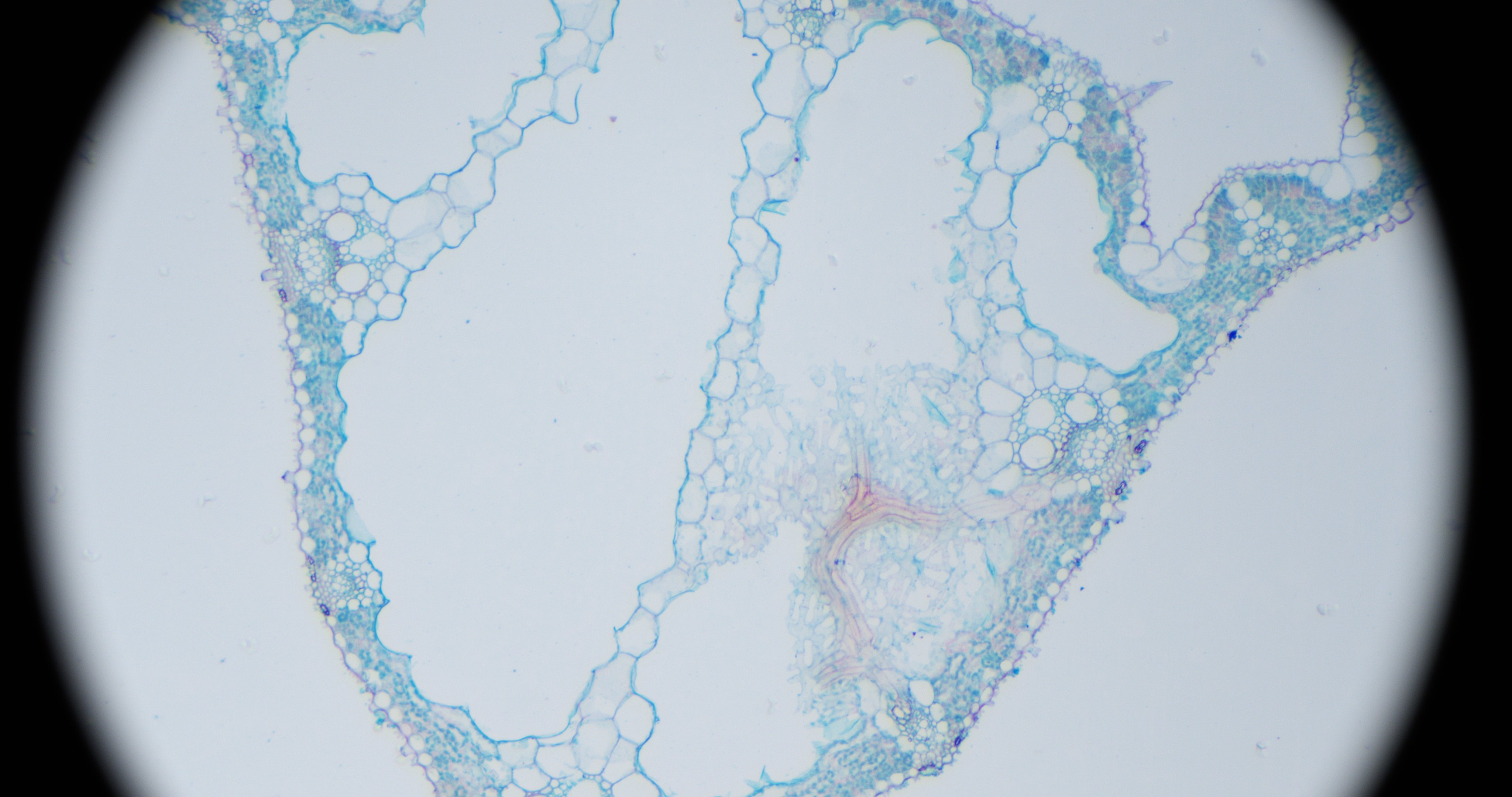Hi, @apochronaut, and others,
> I go back to my comment that you cannot make a silk purse out of a sow's ear.
I know this. I've a full frame since the 80's. The cheapest and worst optics I have are:
- a Samyang fishey, without any CA correction
- a vintage 80mm russian tilt/shift, without any correction, and bit blurry
- a pinhole, producing high diffraction, but I'm getting nice pictures with it also.
> Microscope imaging is based on resolution which can be theoretically
I'm not interested by high resolution, but by budget reasonable CA correction. What I get in #37 at 40x (and very often popping in from 4x to 60x also) being annoying to me.
> Removing chroma is removing point sources of light and despite
> the fact that ca obscures resolution, by wiping the ca
> off the screen you are not adding back resolution but in fact reducing it.
But for some pictures, it may help to improve the quality. The rush of this is full of CA, software fixed it:
> Any program applied to solve the ca would not apply to the microscope
> as a whole but would have to be specific to each objective.
From my short experience using software, it needs to be tweaked based on images or videos, according to the amount of CA that popped in...
> I'm pretty sure that somehow you may be opening up a can of worms regarding
> other distortions too. The microscope optics can be repaired.
Sorry for this

I believe you made a typo, optics can't be repaired, shall be swapped out...
I talked again to my seller, cancelled a Motic EC 20x order. I would surely be disappointed or limited by it also.
He suggested me to upgrade my camera, I won't do that, or to find a much more expensive scope base. Plus high end objecives. I had choosen this BA310e after having watched lot of videos and reviews over several months. Assuming I would so have an acceptable mechanical base, plus the possibility to swap the objectives later. Seems other do this, swapping the lenses for apos, or any alternates, but never telling exactly by which ones...
Seems the BA310e and its stock objectives are sold for routine, were it is adequate, and not to people having much more expectations. I shall have bought a Zeiss or an Olympus, but those bases - without objectives - are up to four time and more this price...
> As far as ca is concerned, modern achromats from various manufacturers have
> fairly low and consistent levels of ca across the range and since your system is
> an Olympus format 180mm , keeping an eye peeled for some used Olympus
> achromats might be in order. It is a bit of an eye opener that those Motic
> objectives are so diffuse in correction levels. Stuff made by reputable companies
> in the 1920's was better, aside from planarity.
If I swap the objectives, according to my seller, I could be limited by the tube or telan lense...
> There is a range of inexpensive Chinese made plan fluor objectives. The 4X
> is less than 100.00. A used one or a set might show up. They have been
> around long enough.
I had a quick look, found some fluar and semi-apo offers. With the same or similar NA than mine. Without any details of their CA correction... I would spend money without knowing what I might get.
Did it once, as a newbie, bought a $10 2x objective. To see. Saw nothing at all, but dark through it

> Another option that would be cheap is to pick up a set of Reichert U.S.A. planachros.
> ...
> in the advanced achromat category which have some low dispersion glass in them
> ..
> Since they are for a 182mm tube, they will fit right in except for the telan lens corrections
> ...
> You would likely have to switch eyepieces in order to ether correct or compensate a bit
That is a no go for me. I'm inexperienced in optics, and I don't believe I could succeed in making so much changes. I'd prefer to keep the head and the eyepieces...
I've noticed the Olympus UPLFLN range, available from 4x to 60x (without immersion). Their NA are almost similar than mine. Could this be an option, with my current head/telan lense/eypieces? Maybe, according to this only video I found (the second part, vs the first, with more CA):










